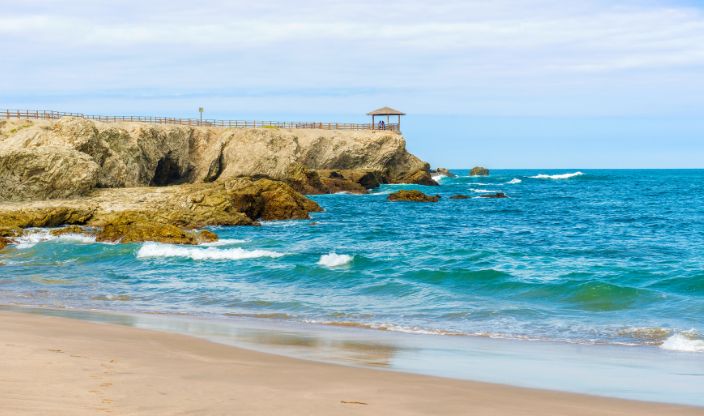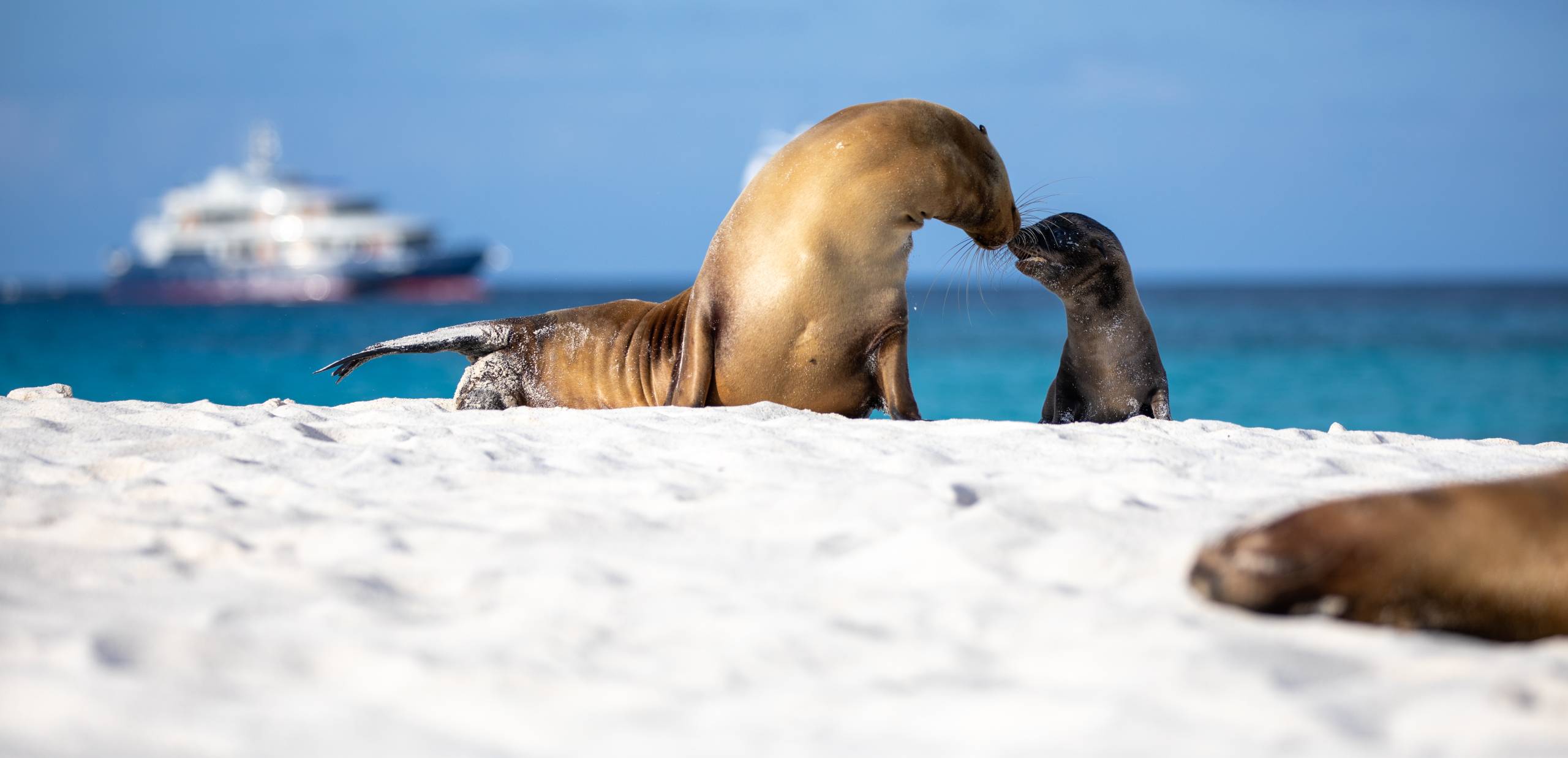Introducing Galapagos
Anyone who enjoys the excitement of viewing wildlife in its natural habitat will find the Galapagos Islands to be a true paradise. Traveling there will provide visitors with a unique experience. The archipelago contains some of the most stunning animals on land and in the ocean thanks to its distinct environment. Seabirds naturally reproduce on the islands because they are surrounded by thousands of miles of unbroken ocean, and seven of the islands are home to the famous Giant tortoise. The islands are best explored by personal excursion trips that will offer you an amazing journey to one of the most secluded regions of the continent. In the Galapagos Islands, don’t miss snorkelling opportunities as this will offer you a unique experience to come across sea lions, sharks, penguins, sea turtles, and of course, schools of vibrantly coloured fish.
The Galapagos Islands, a renowned National Park, and a UNESCO World Heritage site are all part of Ecuador. A little over 1,000 kilometres (605 miles) west of northern South America, they are located in the Pacific Ocean. The islands appeared as astounding volcanic eruptions from the ocean’s depths. The archipelago, which spans an extent of 17,000 square miles (45,000 square kilometres) of ocean, is made up of 19 islands, smaller islets, and rocks.
The Galápagos Islands are a year-round vacation. Most species are non-migratory, making for incredible animal encounters every month (the primary difference being the waved albatross on Espaola Island, which migrates between January and March). The Galápagos have two distinct seasons, with the milder but wetter season lasting from January to June and the colder and drier season lasting from July to December. The weather is often hot and sunny with intermittent heavy rainfalls due to the location on the equator.
The cuisine on the Galápagos Islands uses resources from the area to preserve their Ecuadorian heritage. As a result, restaurants on the islands may offer a variety of dining options, from fine dining to fast food.
Naturally, the wealth of fresh seafood and other marine species inspire many of the island cuisines without harming any of the local wildlife. Along with unusual fruits cultivated on the islands, traditional Ecuadorian dishes consisting of beef, potatoes, and rice are prevalent. The Galapagos Islands are arguably best known for their indigenous seafood delicacy, red and green spiny lobsters. You’re in for a treat with this recipe, which is made with coconut milk, peppers, garlic, onions, ginger, orange, and lime. Another popular dish on the island is Arroz Marinero, a seafood rice dish. Various shellfish, including shrimp and mussels, are combined with their own fluids and a distinct assortment of veggies. Yucca, avocado, onions, chilli peppers, and even plantains are usually served alongside it.
A Panamanian bishop who was travelling to Peru in 1535 and got swept off his course made the discovery of the Galapagos Islands. His initial account of what he saw mentioned the severe, arid environment as well as their recognisable gigantic tortoises, marine iguanas, sea lions, and seabirds. The scientific studies Charles Darwin published between 1831 and 1836, all of which he said were motivated by the animals on the island, have made Darwin’s travels between those years legendary. The people who migrated to the Galapagos Islands came from Ecuador’s coast, the Amazon Jungle, and the mountains. Most of the men on the islands are fishermen, although tourism is a growingly significant component of the economy. The local’s welcome guests with open arms and are always polite and helpful.
The Galapagos Islands are home to some of the rarest wildlife on earth, making this trip a once-in-a-lifetime opportunity for the entire family to learn about the nature and biodiversity of this tropical paradise. On the beaches, slopes, and rocks of the islands of Santa Cruz and San Cristobal, several animals can be seen playing, sleeping, and grazing in their natural habitats, these sights will be forever remembered by children, teens and adults. As you explore this natural wonderland, swim alongside sea lions, take in the majestic slowness of giant tortoises, blue-footed boobies, and Galapagos crabs, and look out for the impressive marine iguanas, whales, dolphins, and sharks. The Galapagos islands can offer your family an unrivalled experience like nowhere else on earth to appreciate the wildlife and landscapes.
Recommended Galapagos Specialists
Top Locations in Galapagos






